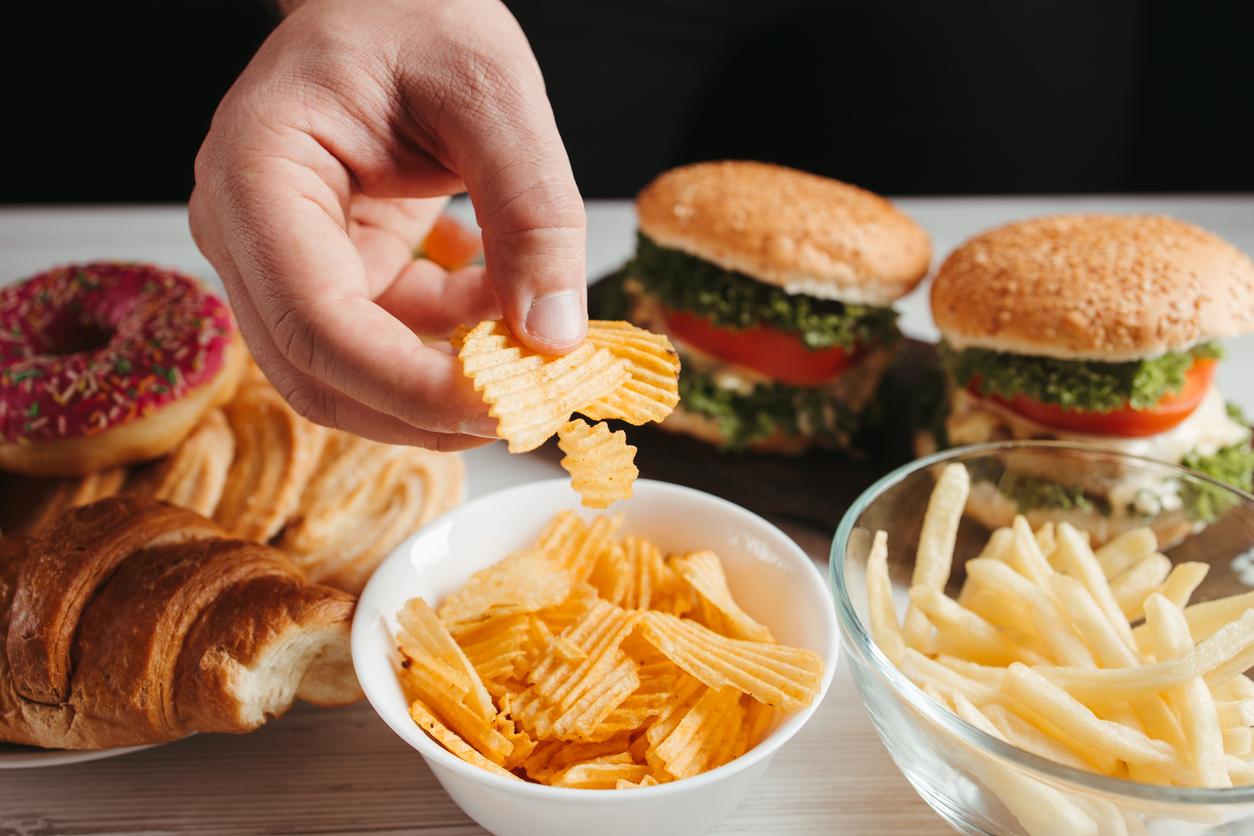The problem with ultra-processed foods lies more in their low nutrient content and high caloric value than the ultra-processing process itself, says a British researcher.

- Ultra-processed foods are often criticized for their impact on health, but their processing does not necessarily mean poor quality.
- Examples like canned beans show that they can be high in fiber and plant protein, while still being low in fat and calories. In addition, certain techniques make it possible to reduce sugar and salt while maintaining taste.
- “If specialists focus on creating affordable and nutritious ultra-processed foods, they could be part of the solution to the obesity crisis, rather than the cause.”
Practical, affordable and designed to be tasty, but often high in sugar, salt and saturated fats, while being poor in essential nutrients: ultra-processed industrial products are today accused of causing a whole series of health problems, from obesity to heart disease to cognitive decline. But how responsible are they all? Are all ultra-processed products really harmful to our health? This is the question asked by David Benton, author and medical researcher at Swansea University (United Kingdom) in an article published in The Conversation.
Advantages of ultra-processing of food
The term “ultra-processed” refers to foods that undergo intense industrial processing and often contain several added ingredients. If, in some countries such as Portugal, these foods represent 10% of the diet, they account for 50% in the United Kingdom and up to 76% in the United States. “But is it the fact that they are ultra-processed that is problematic, or is it their low nutrient content and high calorie content?”notes the scientist.
For example, canned beans, although considered ultra-processed, are high in fiber and plant protein, while being low in fat and calories, in short, good for your health. Some studies suggest that diseases linked to ultra-processed foods, such as obesity, may be due to overconsumption of calories rather than the processing process itself.
Ultra-transformation can also be used to good effect, according to David Benton. In the United Kingdom, regulations have for decades required the fortification of certain foods with essential nutrients such as calcium, iron and vitamins. In 2022, the government notably decided to add folic acid to flour, a measure aimed at preventing certain congenital malformations. “Breakfast cereals, often criticized for their sugar content, can also boost the intake of essential nutrients such as vitamins B2, B12, B9 and iron.”
When will we see nutritious ultra-processed foods?
“Food scientists are now working to make ultra-processed foods healthier”assures David Benton. One technique is to reduce sugar by making it sweeter more quickly, meaning less sugar is needed to achieve the same taste. Another method is to increase the rate at which salt is released from food, which “speeds up” its taste and therefore reduces consumption. We can also mention the creation of vegetable-based hamburgers, almost indistinguishable from their meat counterparts, but which contain fewer calories.
The researcher concludes: “These types of innovations show that ultra-processing doesn’t necessarily mean unhealthy, high-calorie foods – it’s about industrial choices made during production. If specialists focus on creating ultra -processed affordable and nutritious, they could be part of the solution to the obesity crisis, rather than the cause.”

















